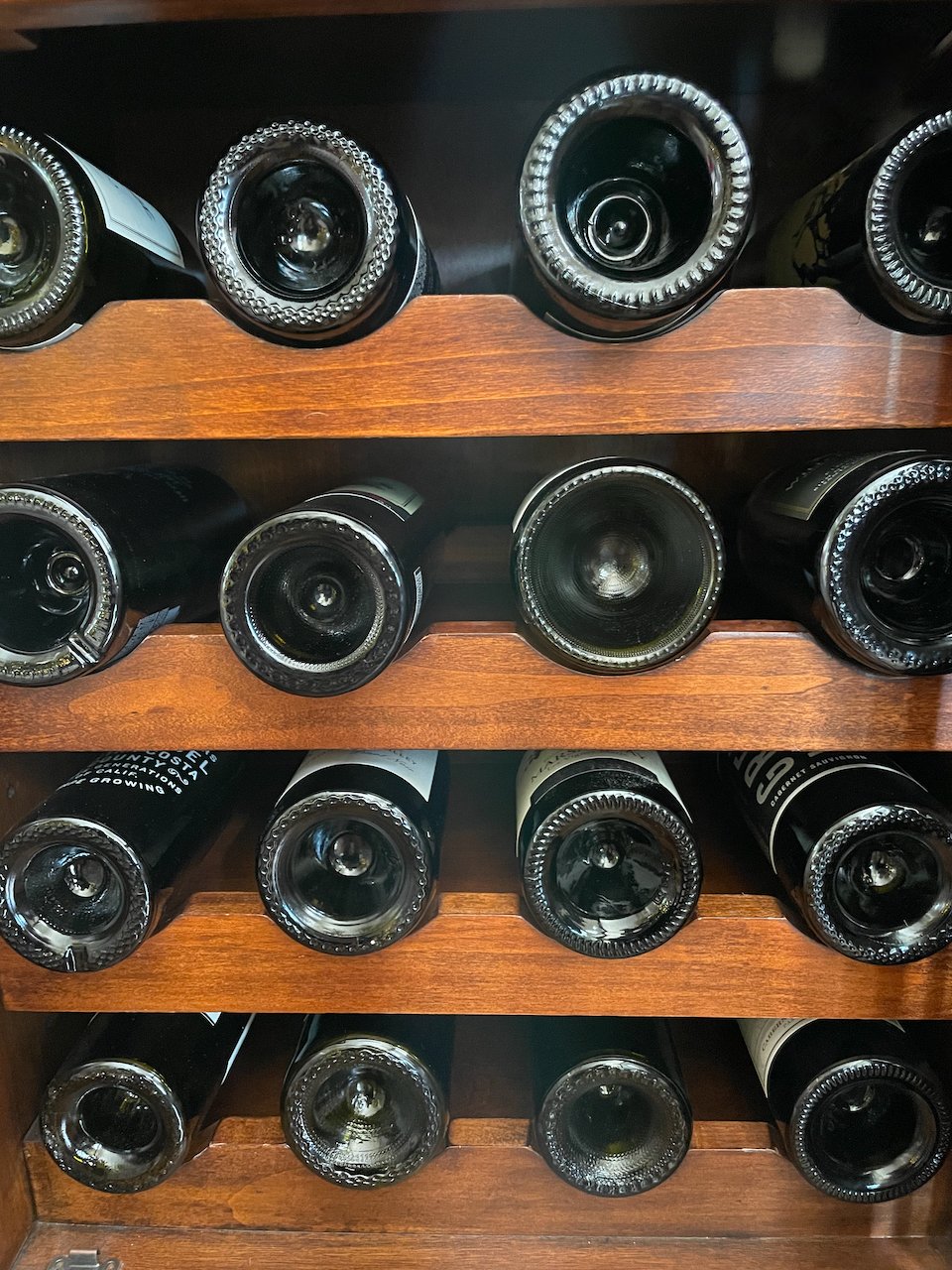Last time, we learned that a wine bottle’s glass thickness, or weight, doesn’t really tell you anything about the wine’s quality. But, the thicker glass can serve to make a sparkling wine bottle more structurally capable of holding the high pressure.
Then there’s that odd ‘dimple’ on the bottom of a lot of wine bottles. What’s up with that?
While you may hear or read multiple reasons for this ‘dimple,’ it seems that these indentations, called ‘punts’ were actually put there by early glassblowers to ensure a bottle could stand on its own. Without a punt, the rounded bottle needed some other means of staying upright, including the woven straw baskets so famously associated with Italian bottles of Chianti.
It’s also thought that the punt adds to the bottle’s structural integrity, such that the thin layer of glass at the end of the glassblower’s bottle would not so easily rupture.
Regardless of the many plausible reasons for a wine bottle punt, today’s bottles are much better made. So, the punt is simply part of tradition. Except, it may be useful for sparkling wines. Giving their bottles a bit stronger structure.
But, much like the thickness or weight of a wine bottle, the type of punt on a wine bottle really doesn’t mean anything about the contents of the bottle. So, while it may be difficult to ignore the packaging of the product, try to focus your attention on the content of the bottle rather than the bottle itself. Cheers!






